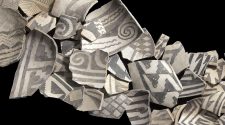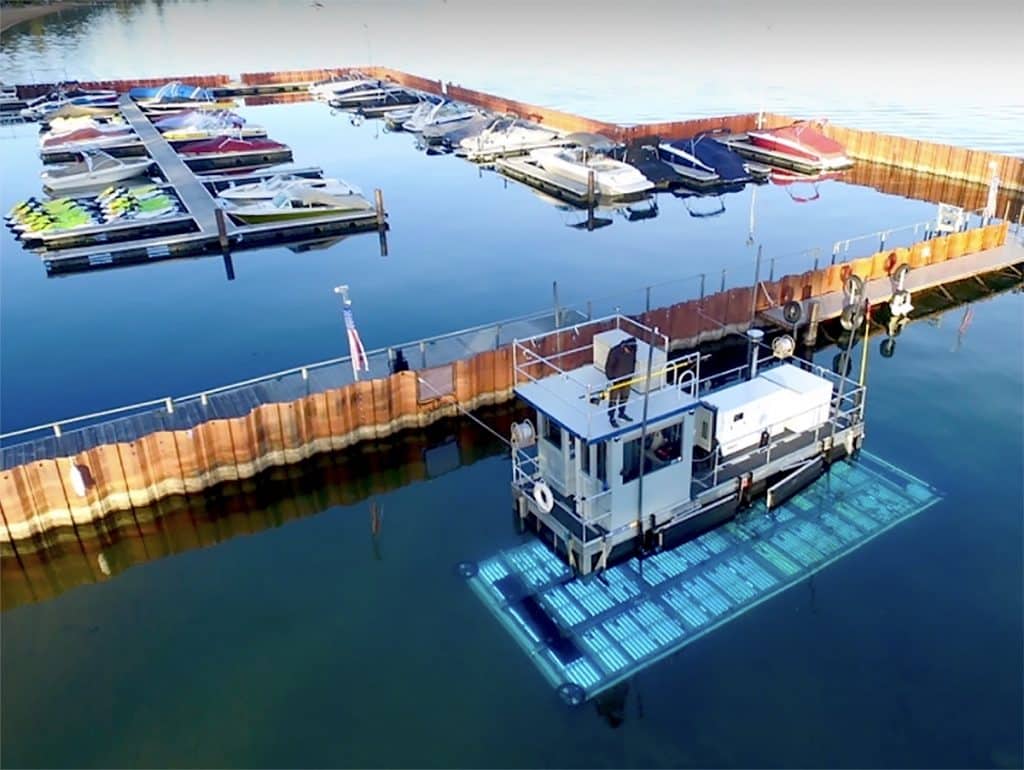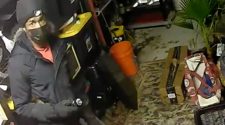Show CaptionsHide Captions
Groups in the Tahoe Basin are using new technology to fight invasive species and decreasing lake clarity.
Researchers at University of Nevada, Reno and Tahoe Regional Planning Agency have been testing a UV light equipped vessel to control aquatic invasive plants in the Tahoe Keys.
The technology, using the UV-C wavelengths, a short-wave electromagnetic radiation light that damages the DNA and cellular structure of aquatic plants and their fragments, was developed by John Paoluccio, president of Inventive Resources, Inc.
In the Tahoe Keys, Eurasian watermilfoil and curlyleaf pondweed are being targeted. A boat was outfitted with UV light panels that can be raised or lowered into the water. It takes multiple exposures of the light before the plants are completely gone.
“With aquatic invasive species, we’ve had success but it’s never one and done,” said Dennis Zabaglo, manager of the Aquatic Resources Program at TRPA.
The light is also not selective, so it will also damage native species but Zabaglo said if they can knock back the invasive weeds, the native plants have a fighting chance to grow back and thrive.
While this technology is still being tested, the results look promising.
“Initial reports from the field and laboratory testing look very good,” said Sudeep Chandra, director of the University’s Global Water Center in a press release. “Depending on the plant species, our divers are observing a reduction in the plant height and change in the structure of invasive aquatic plants after they have been treated with ultraviolet light.”
Zabaglo hopes that although upfront costs of buying the light panels and outfitting boats may be expensive, there could be a cost savings down the line.
This is just one of many attempts to eradicate aquatic invasive species in the lake.
At UC Davis Tahoe Environmental Research Center, Ph.D student Sergio Valbuena is also working to address the spread of invasive species and algae washing up on shore.
In 2014, scientists at TERC created the Nearshore Network, 11 stations, 10 around Lake Tahoe and one in Cascade Lake that collect data on water temperatures, wave height, turbidity, conductivity and light absorption. The measurements are taken every 30 seconds and sent to a server at UC Davis.
Valbuena is using the Nearshore Network to create a 3-D model of lake conditions and movements, especially looking at upwelling events.
“Upwellings are caused by strong wind events that bring cold deep water to the surface at the upwind side of the lake,” Valbuena said. “Usually this water is rich in nitrogen and may serve as a source for algae growth at the surface where photosynthesis occurs.”
He can use this information to explain why algae might be occurring at certain areas of the lake.
“A large lake like Tahoe, does not have the same physical properties at every location, and having the Nearshore Network helps to act accordingly to each site,” Valbuena said. “Knowing the local water quality properties helps in distributing efforts around the lake to preserve the overall lake water health, and this is only achievable thanks to the Nearshore Network.”
Addressing algae can help address clarity. All of these technologies combined can help Tahoe get more clarity.
“We’re just trying to expand our tool box to address a massive problem,” Zabaglo said.
















